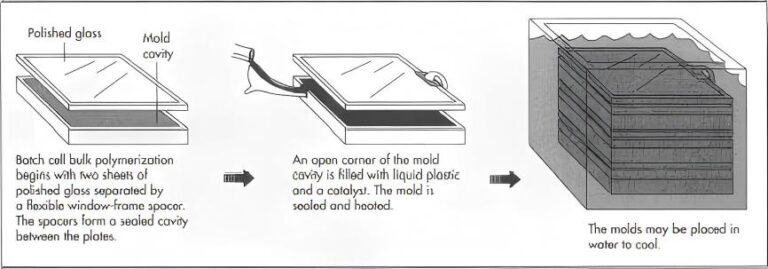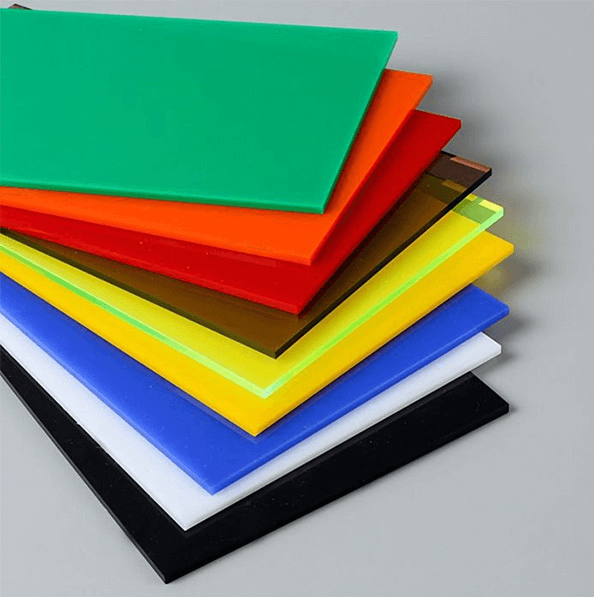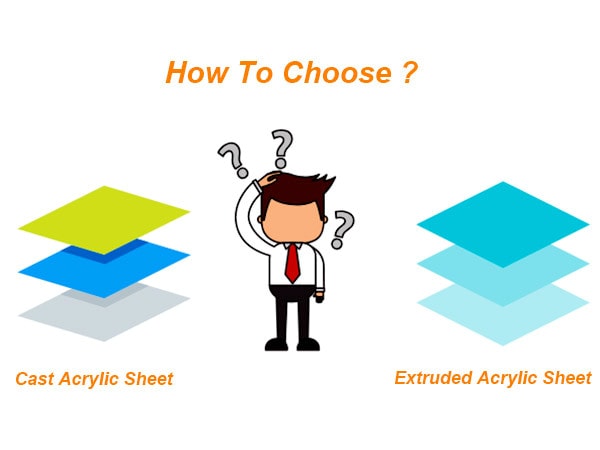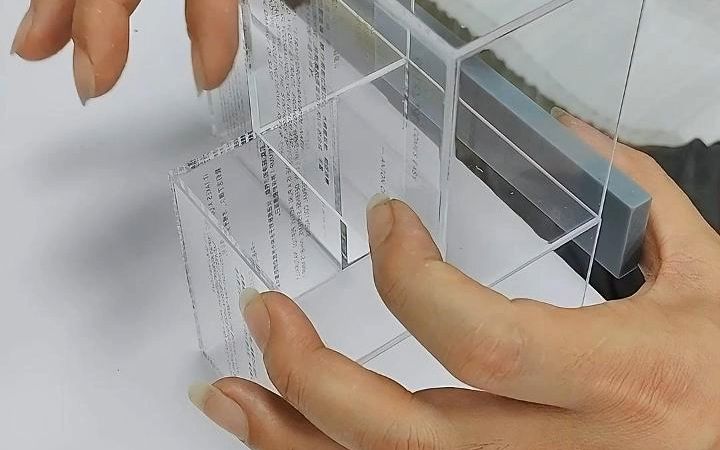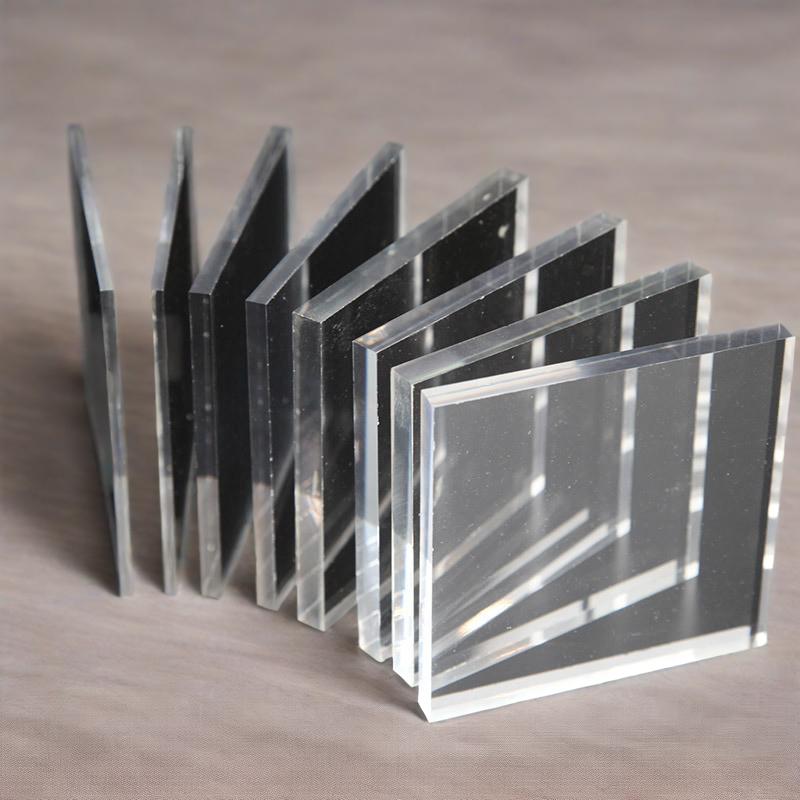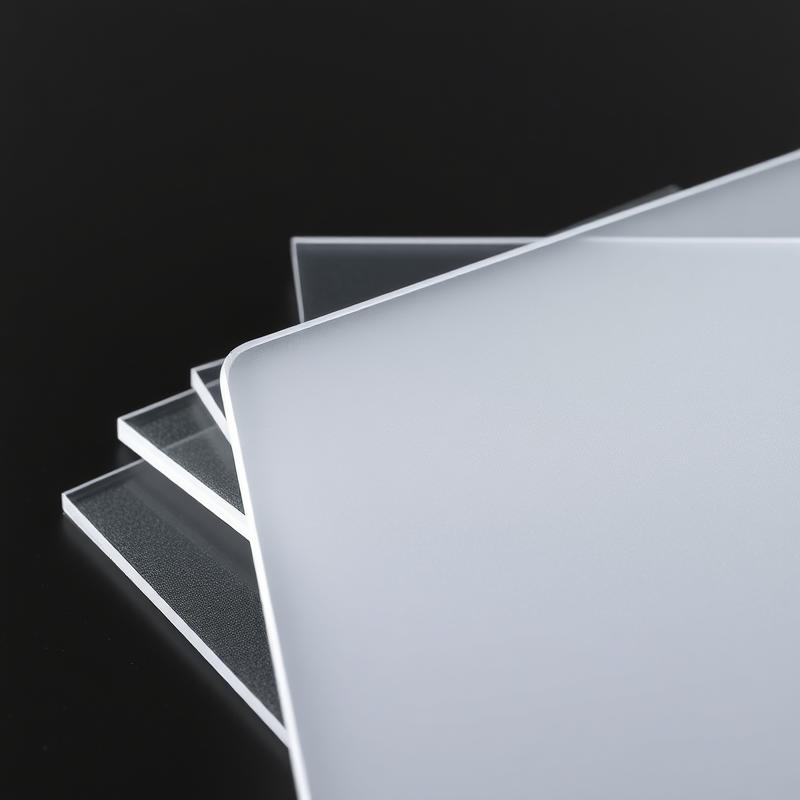-
Xinqi Development Zone, Leliu, Foshan, Guangdong
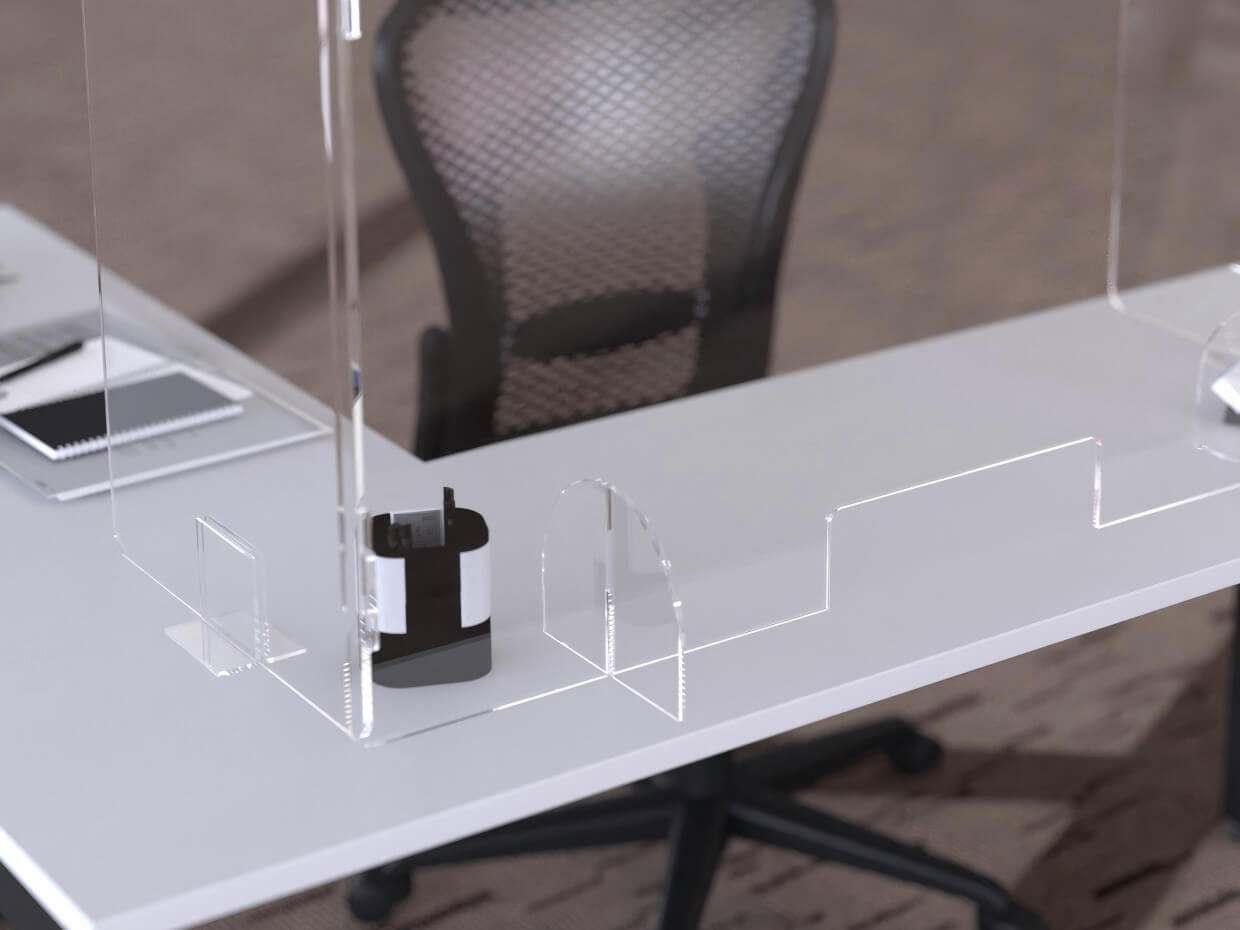
Six Revolutionary Applications of Acrylic Barriers
Table of Contents
Introduction: The rise of the transparent guardian
In today’s era of safety and hygiene, acrylic barriers have become the “invisible guardian” of cross-industry solutions with their transparency, durability and flexibility. This polymer material not only meets functional needs, but also can be seamlessly integrated into environmental design, becoming a core protective tool in the fields of medical care, education, transportation, etc. This article will explore the six innovative uses of acrylic barriers in depth, combining authoritative data and cases to reveal how it reshapes the safety standards of modern society.
Social distance guardian in public places
In the post-epidemic era, acrylic barriers have become a key tool for maintaining social distance. In retail places, transparent partitions at checkout counters reduce droplet contact between customers and employees. The Centers for Disease Control and Prevention (CDC) in the United States has recommended the use of physical barriers to reduce the risk of virus transmission. Restaurants use creative designs to combine partitions with lights to ensure dining safety without destroying the atmosphere. In offices, workstation partitions allow teamwork and safety to coexist. Data support: According to Retail Design Magazine, 80% of global chain brands deployed acrylic barriers in stores in 2021.
Sterile defense line in medical environment
Hospitals and clinics are the core battlefields of acrylic barriers. Its easy-to-clean and chemical-resistant properties make it widely used in reception desks, consulting rooms and pharmacies. For example, Mayo Clinic uses thickened acrylic panels in the emergency room to block droplets and allow medical staff to clearly observe the patient’s condition. In addition, movable partitions quickly divide independent spaces at vaccination stations to improve efficiency. Authoritative link: The World Health Organization (WHO) recommends the use of transparent barriers to reduce the risk of cross-infection in the “Guidelines for Infection Control in Healthcare Facilities”.
Interactive safety net in educational space
Schools use acrylic barriers to balance safety and teaching experience. In the classroom, transparent desktop partitions allow students to discuss in groups without wearing masks; the study cubicles in the library provide a focused environment. A school district in California, USA, deployed curved partitions in the cafeteria so that students can still socialize while eating. Psychological research shows that such designs alleviate isolation anxiety. Case reference: A study by the Harvard Graduate School of Education shows that transparent barriers can reduce classroom droplet transmission by 75%.
Efficient protective shields for industrial manufacturing
In factories and laboratories, acrylic barriers replace traditional metal meshes, which are dust-proof and do not obstruct vision. For example, automobile assembly lines use impact-resistant acrylic panels to isolate welding sparks; food processing plants use fully enclosed partitions to prevent pollutants from entering the production line. According to data from the U.S. Occupational Safety and Health Administration (OSHA), such barriers have reduced industrial accident rates by 40%. Function upgrade: Some companies embed antibacterial coatings to further meet the sterility requirements of pharmaceutical manufacturing.
Mobile safety cabins for public transportation
The cab partitions of taxis and buses protect drivers from potential conflicts and droplet threats. The New York City Taxi Commission requires all vehicles to install standard acrylic barriers, while Japan’s Shinkansen uses a curved design at the ticket window to optimize sound transmission. User feedback: A survey by Transport for London showed that 87% of passengers felt “significantly safer” due to transparent partitions.
Flexible safety architecture for events and meetings
The exhibition industry uses acrylic barriers to create dynamic spaces. At exhibitions, removable partitions divide booths and guide traffic; curved baffles are set up at conference check-in counters, combined with QR code scanning to achieve contactless registration. At the 2023 CES International Consumer Electronics Show, the organizer combined a sense of technology with safety through customized acrylic structures, which was highly praised by exhibitors. Innovation trend: Some companies embed LED screens into partitions to display information simultaneously and enhance the interactive experience.
Why choose acrylic barriers? Data-driven advantages
- Safety and beauty coexist: Transparency is as high as 92%, better than glass (Journal of Materials Science, 2022);
- Cost-effective: Lifespan is up to 10 years, and maintenance costs are 30% lower than polycarbonate (industry report);
- Environmentally friendly certification: Recyclability is over 80%, in line with EU REACH standards.
Conclusion: From emergency solutions to long-term investment
Acrylic barriers have evolved from temporary epidemic prevention tools to infrastructure for various industries. Its versatility not only solves current safety needs, but also provides predictive solutions for future public health challenges. With the advancement of material technology (such as anti-fog coatings and smart sensor embedding), this “transparent revolution” will continue to promote the integration of safety and humanized design.

